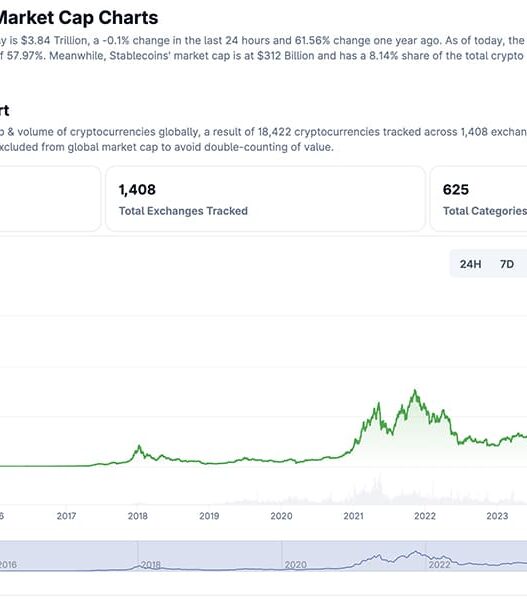Key Takeaways
Why did China ban cryptocurrency mining and transactions in 2021?
China banned crypto mining and transactions in 2021 to curb financial crimes and protect its financial system from instability caused by unregulated digital assets.
Has crypto mining in China completely stopped?
Despite the ban, mining activities have quietly continued underground, with China still contributing 14.05% of Bitcoin’s total hashrate as of Q4 2025.
China’s uneasy relationship with cryptocurrency has long been defined by strict oversight and resistance to digital assets.
This stance hardened in 2021, when the government imposed a sweeping ban on crypto mining.
Soon after, the People’s Bank of China (PBOC) took an even firmer step, prohibiting all cryptocurrency transactions in late September that year.
The central bank justified the move by pointing to the use of crypto in illicit financial activities and the growing threat it posed to the nation’s financial stability.
Fast-forward to 2025, and China’s crypto mining story has taken an unexpected turn.
China’s Bitcoin mining data breaks record
Despite the government’s sweeping crackdown on digital assets and its persistent efforts to eliminate mining activity, new data suggests that operations never fully stopped.
According to Luxor’s Q4 2025 Global Hashrate Map, China now contributes 14.05% of Bitcoin’s total computational power, roughly 145 exahashes per second (EH/s), up slightly from 13.8% in the previous quarter.
Source: Hashrate Index
This puts China as the third-largest Bitcoin [BTC] mining hub in the world, trailing only behind the United States and Russia.
While Luxor’s data doesn’t pinpoint exact mining locations, industry insiders believe much of this hidden activity is concentrated in Xinjiang.
According to Miner Weekly, multiple ASIC supply chain sources suggest miners have quietly resumed operations in the region.
Xinjiang’s remote location and access to cheap, abundant energy have long made it a favorable hub for large-scale mining.
Bitcoin price action and hashrate
At the same time, Bitcoin itself appears to be regaining strength.
As per CoinMarketCap, BTC was trading around $111,007.61, reflecting a 1.16% increase over the past 24 hours, as of writing.
Meanwhile, the global Bitcoin hashrate stood at 1,137.06 EH/s, a sign of robust miner participation and heightened network security.

Source: CoinWarz
A rising hashrate typically signals that miners are confident in Bitcoin’s long-term profitability and stability.
Despite China’s efforts to suppress crypto mining, its miners continue to play a significant role in supporting Bitcoin’s global network.









